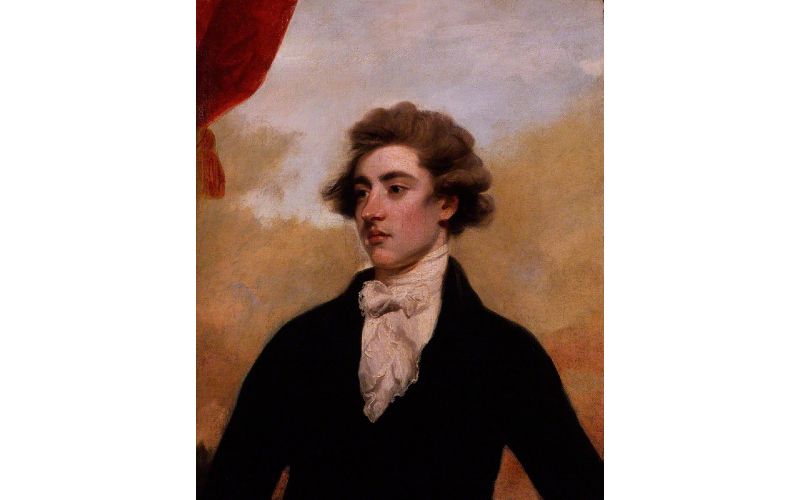100 Heroes: William Beckford
The gay man who became an influential and infamous novelist and politician.

William Beckford was a novelist, art collector, critic, travel writer, and politician.
He was Member of Parliament in the UK from 1784 to 1820.
He is remembered as the author of the Gothic novel Vathek (1786), for his art collection, and as the builder of Fonthill Abbey and Lansdown Tower.
Biography
Beckford was born in 1760 in London.
At the age of ten, he inherited a fortune from his father William Beckford, who had been twice a Lord Mayor of London. The inheritance included £1 million in cash, an estate at Fonthill in Wiltshire, and several sugar plantations in Jamaica, worked by enslaved Africans.
This fortune allowed him to indulge his interest in art and architecture, as well as writing. He was briefly trained in music by Wolfgang Amadeus Mozart, but his drawing master, Alexander Cozens, was seen as a greater influence.
Although he married in 1783, Beckford became infamous in 1784 when his letters to William Courtenay were intercepted by the boy’s uncle, who advertised the affair in the newspapers. Courtenay was just ten years old on first meeting Beckford, who was eight years older.
Beckford chose self-exile to the continent, removing himself from English society.
While travelling through Europe, Beckford focused on his writing.
His first travel book was Dreams, Waking Thoughts and Incidents (1783). Shortly after this came his best-known work, the Gothic novel, Vathek (1786), written originally in French.
His other principal writings were Memoirs of Extraordinary Painters (1780), and Letters from Italy with Sketches of Spain and Portugal (1834).
Beckford was known to be extravagant – spending his fortune on fine art and luxurious living.
Later years
Beckford spent his later years at his home in Bath, where he died.
